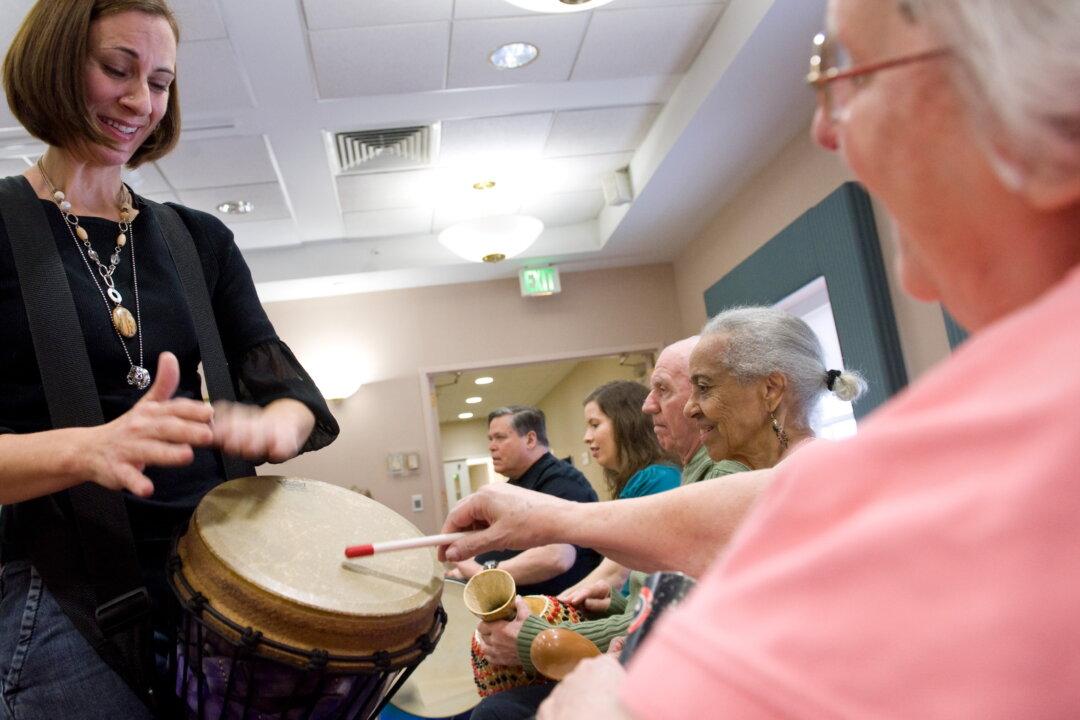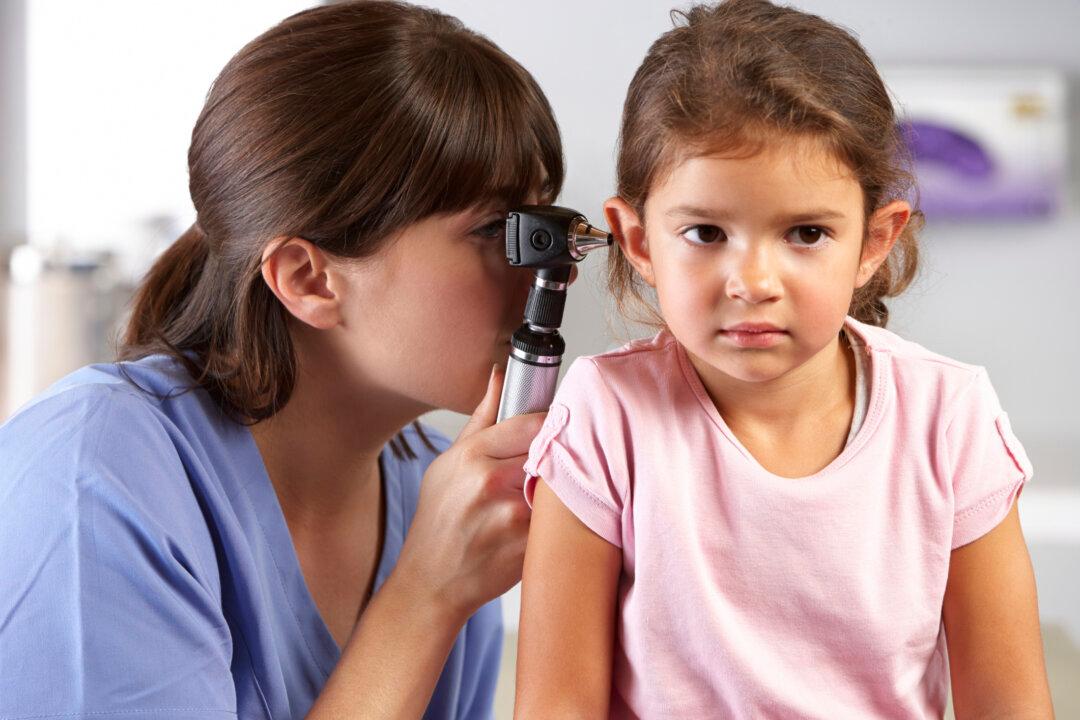Not surprisingly, the man who invented the telephone was also largely responsible for tremendous advancements in hearing health. Alexander Graham Bell’s most famous invention came as a result of his work with the deaf and hearing-impaired.
In fact, much of his work was accomplished in the attempt to improve the quality of life of his own wife, Mabel Gardiner Hubbard, whose hearing was essentially lost during childhood.
Bell’s interest in hearing health issues began when he started to work for his future wife’s father, Gardiner Greene Hubbard, the president of a Boston-area school for the deaf. He met Helen Keller, whose ability to overcome severe speech and hearing impairments with Bell’s help is lauded as a triumph of the human spirit.
Through that work with deaf pupils, Bell focused on advancements that would lead to breakthroughs in communications. He believed fiercely that deafness or any hearing impairment was a condition that should—and could—be eliminated. Nearly a century after Bell’s death, however, hearing-loss issues persist.
While the telephone bolted communications into a multinational, billion-dollar industry, its basic components also led to advancements in hearing-loss treatment. The ability to project one’s voice at a loud volume over a certain distance and through transistors led to the advancement of hearing aids and listening devices.
In the decades following Bell’s passing, scientists have continued to make progress to help people who face hearing loss feel less isolated and more connected to the people and sounds they love.
In fact, Better Hearing and Speech Month, which occurs each May, owes much of its existence to Bell. The Alexander Graham Bell Association for the Deaf and Hard of Hearing says it “helps families, health care providers, and education professionals understand childhood hearing loss and the importance of early diagnosis and intervention.”
Beyond its educational and advocacy aspects, the AG Bell foundation, headquartered in Washington, D.C., also supports scientific research that looks into hearing-loss prevention.
Among the most important achievements in recent years is the dramatic leap forward in hearing-aid performance. Once thought of as cumbersome and clunky, the hearing aid has undergone a major change in style, function, and desirability.
More and more people younger than 40 are incurring hearing loss and the devices being manufactured for that demographic are as fashionable as any earbud-style earphones.
One of the latest hearing devices that boost performance and minimize discomfort is the Moxi Kiss. Developed by Unitron, the hearing aid is placed within the ear canal and delivers high-fidelity natural sound through an organic and flexible design.
Other similar products are the Lyric hearing aid, which is touted as the first “invisible” hearing aid because it is implanted deep into the inner ear, and the Phonak Nano, a device that is also placed in the ear canal.
Meanwhile, high-tech assistive listening devices (ALDs) help users lessen or remove painful ambient noise, such as construction sounds, while allowing desirable sounds to come in.
One such product is The Decibel by Priestman Goode, a portable device that can block out commuter traffic and other noise without forcing you to turn up the volume on your MP3 player or laptop computer.
The XL45 phone is an advanced product in a traditional format. The desktop telephone amplifies incoming sound up to 50 decibels to improve clarity of the human voice.
Similarly, the Pocketalker allows users to boost the audio quality of sound they hear from everyday devices, such as the telephone and TV, with the use of a sensitive microphone.
These technological achievements turn Bell’s ambition of making the extinction of hearing loss closer to reality.
Until that day comes, however, it is good for all Canadians to remember the sentiments of Better Hearing and Speech Month. The campaign raises awareness about hearing loss and severe hearing damage, encouraging all of us to speak up about hearing health.
Ask MJ
Do you have a hearing health question for MJ DeSousa? Post it on the Connect Hearing Facebook page (Facebook.com/ConnectHearingCanada) and she will respond in a future column.
MJ DeSousa, an audiologist and Director of Professional Practice at Connect Hearing, leads a team of hearing professionals across Canada. For more information about hearing loss please visit www.connecthearing.ca




